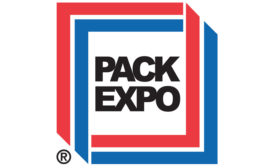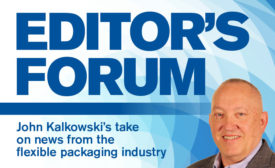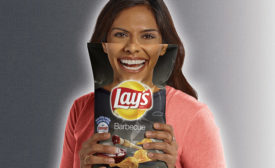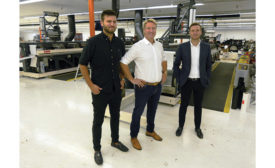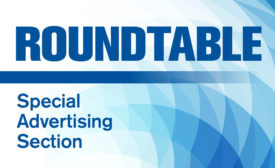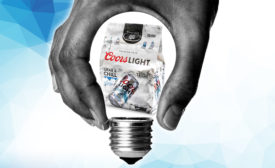Articles by John Kalkowski
Cover Story: Promotional Packaging
Snack Maker's Smiling Pouches Highlight Charitable Individuals
September 4, 2019
Printing: Flexography
Label Printer Catapults to Success
Orlando printer targets label market with innovative approach to quality, pricing and outstanding service.
August 19, 2019
Cover Story: Sustainable Innovation
Innovative Packaging Improves Environmental Impact
Flexible packaging suppliers launch innovative products to improve pouches’ environmental impact
August 5, 2019
Roundtable: Special Advertising Section
July 2019 Roundtable on Coating/Lamination
July 15, 2019
Cover Story
2019 Top 25 Converters: Scaling the Peaks
North American converters plan innovation, investments and acquisitions as they launch their expedition to the pinnacle of the industry.
July 8, 2019
Cover Story: Innovations
Bright Innovations Place Pouches In Packaging Spotlight
Flexibles Flourish
June 4, 2019

